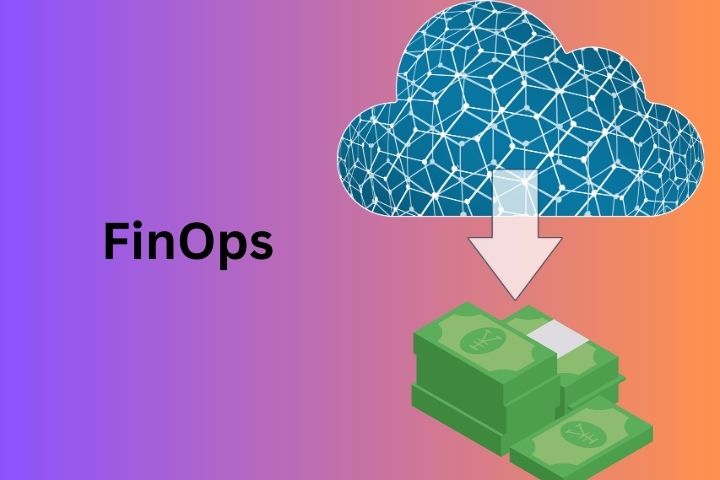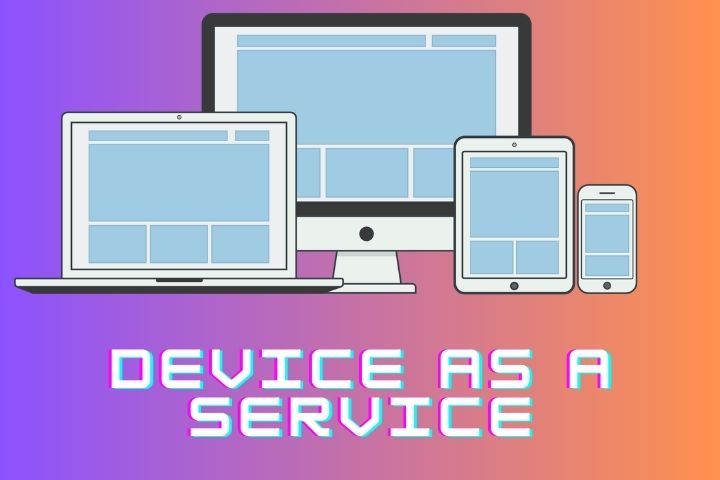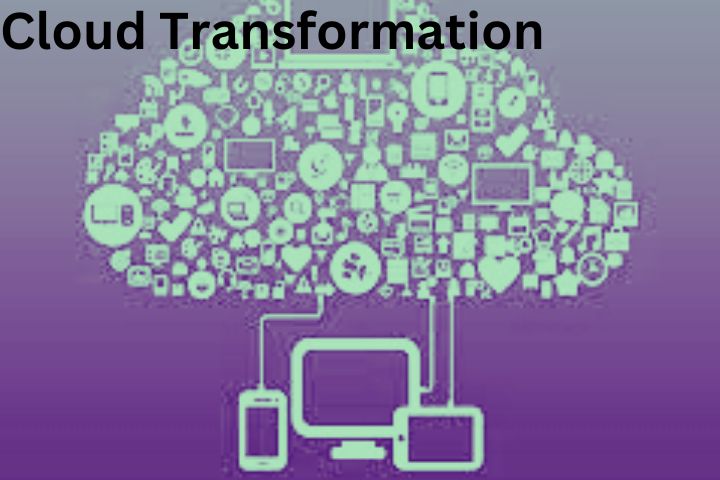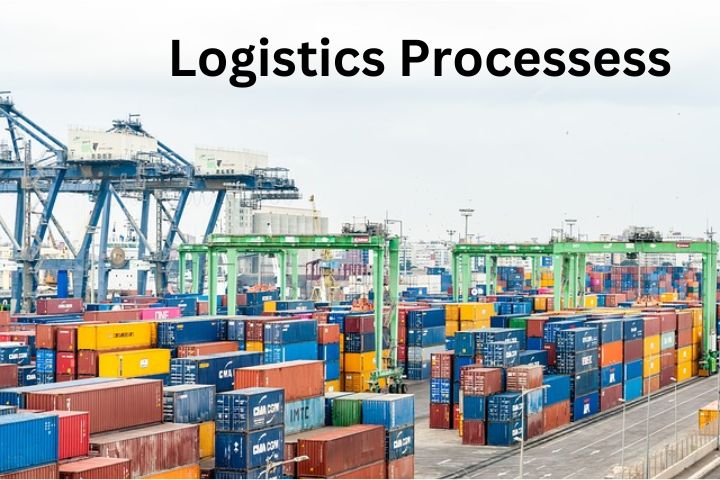
In many companies, the cost curve increases after migrating to the cloud. According to Gartner, companies pay up to 70 percent more than is necessary. The solution: FinOps. As a new model, it increases the business benefits of the cloud by breaking down silos, uniting IT, business, and finance experts, uncovering and reducing unnecessary costs, and creating cost transparency.
FinOps as a solution? The cloud is a “cheaper” version of the server-based on-premise IT architecture – this is how it is anchored in many companies. That’s right; cost efficiency is one of the many advantages of the cloud. However, after migrating their processes, most companies find that cloud costs are rising again. First slowly, then increasingly. The hoped-for long-term cost savings quickly melted away. There are cases where the cloud costs are even exceeding the costs of traditional on-premise data centers.
Reason For Cost Explosion
The many decision-makers in the company or the various locations book individual service modules with a mouse click. And all this at manageable costs. However, the many small building blocks result in these strong cost increases at the company level. At the same time, the existing systems and programs are not adapted after changes within the company.
Quite often, simply because the “new” possibility of flexible adaptation of the cloud-based architecture to actual workloads has not yet been anchored in people’s minds.
A solution against this: FinOps is a new methodology that unites technology, finance, and business teams and lets them make data-driven cloud decisions to maximize real-time business value and cost control.
FinOps – Cooperation as a key
With FinOps as a method, companies can break down existing silos and thus achieve cross-departmental and valuable cooperation between individual teams. Instead of isolated departments, the FinOps team acts as a shared governance and control system aiming at optimization between the technology, business, and finance teams.
Of course, this requires all stakeholders and members of a FinOps team to approach each other, exchange ideas, and actively engage in exchange to find all relevant information about the other disciplines. The finance department has to build up cloud know-how, the engineering department has to learn to think about costs in the overall context and, in the best case, to take them into account, and the management has to evaluate everything in summary and set the priorities.
All companies that have mapped workloads in the cloud and are willing to live the “cloud” culture can benefit from this. This means high demands on innovative strength, flexibility, and willingness to make decentralized decisions. At best, these parameters are also the basis for active cloud cost management.
Which company FinOps is recommended for depends on several factors:
- Size of the company: FinOps is particularly suitable for corporations, large companies, large organizations, and upper-medium-sized companies. So far, most FinOps approaches are in the manufacturing industry, trade, and information and communication technology.
- Enterprise Cloud Maturity: How much have the workloads migrated to the cloud?
The iterative process
To operate the operative cloud cost management with the best result, the FinOps process is divided into three phases. These three phases are designed to be iterative, which means they are run through repeatedly. This is due to the task of the FinOps team to use metrics to ensure that every activity to avoid costs and optimize costs pays off. After the adjustment, the analysis and information phase starts again. This is the only way to keep costs transparent and within the optimal range and to develop them individually.
As-Is Analysis = Inform
In the first phase, all technology costs are transparently revealed and allocated to the individual cost centers, applications, and those responsible for them. This phase aims to understand the overall costs and, above all, understand the economic effects of individual (booked) cloud modules. This enables the team to make optimal cost management decisions.
Customization = Optimize
The second phase focuses on optimizing the benefit and the rates used. It is time to ask questions such as: Are the advantages of the flexible billing models being optimally used? Are existing instances optimally sized? Is cloud architecture efficient and effective? What is the coverage and utilization of the Savings Plans and Reserved Instances? At this point, the findings for cost reduction and optimization are gained.
Improvement = Operate
The third phase defines the essential responsibilities and processes to achieve the desired goals. Here, automation enables the processes to be repeated efficiently and effectively. In the Operate phase, monitoring also takes place to determine whether the use of the cloud corresponds to the specified company goals or whether the specified goals can be achieved.
Consequently, the goal of FinOps is not necessarily to spend less but rather to ensure that a company’s cloud spend is optimized, thereby maximizing the benefit of the cloud. In other words, only what is needed is used and paid for. And thus, the advantages of the flexible system of the cloud can be optimally used. This offers en passant advantages that every company should take advantage of. Namely, a high degree of transparency, comprehensive control options, cost optimization, cost awareness among all those involved, and, above all, the possibility of good data-based decision-making across the individual departments.









